Banjos belong to a family of instruments that are very old. Drums with strings stretched over them can be traced throughout the Far East, the Middle East and Africa almost from the beginning. They can be played like the banjo, bowed or plucked like a harp depending on their development. These instruments were spread, in “modern” times, to Europe through the Arab conquest of Spain, and the Ottoman conquest of the Balkans.
The banjo, as we can begin to recognize it, was made by African slaves based on instruments that were indigenous to their parts of Africa. These early “banjos” were spread to the colonies of those countries engaged in the slave trade. Scholars have found that many of these instruments have names that are related to the modern word “banjo”, such as “banjar”, “banjil”, “banza”, “bangoe”, “bangie”, “banshaw”. Some historians mention the diaries of Richard Jobson as the first record of the instrument.. While exploring the Gambra River in Africa in 1620 he recorded an instrument “…made of a great gourd and a neck, thereunto was fastened strings.”
The first mention of the name for these instruments in the Western Hemisphere is from Martinique in a document dated 1678. It mentions slave gatherings where an instrument called the “banza” is used. Further mentions are fairly frequent and documented. One such is quoted in Grove’s Dictionary of Music and Musicians from a poem by an Englishman in the British West Indies in 1763: “Permit thy slaves to lead the choral dance/To the wild banshaw’s melancholy sound/”. The best known is probably that of Thomas Jefferson in 1781: “The instrument proper to them (i.e. the slaves) is the Banjar, which they brought hither from Africa.”
Source: History of the Banjo

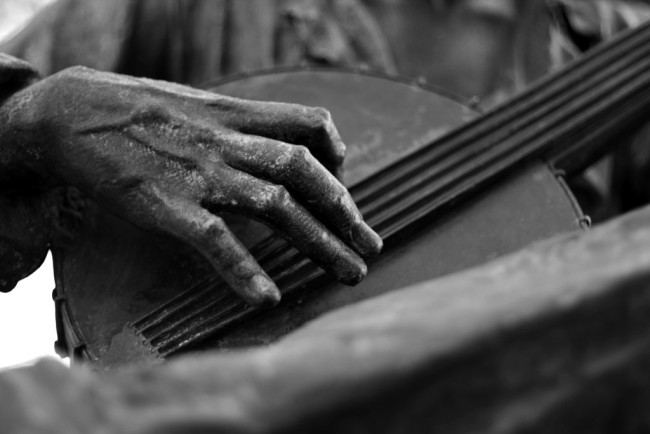




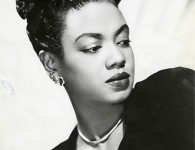
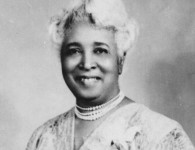



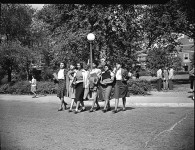
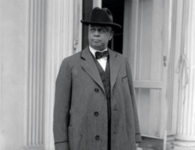
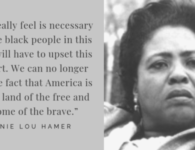

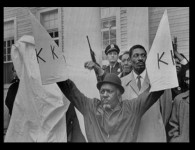





1 Comment
Well I definitely liked studying it. This subject procured by you is very constructive for good planning.